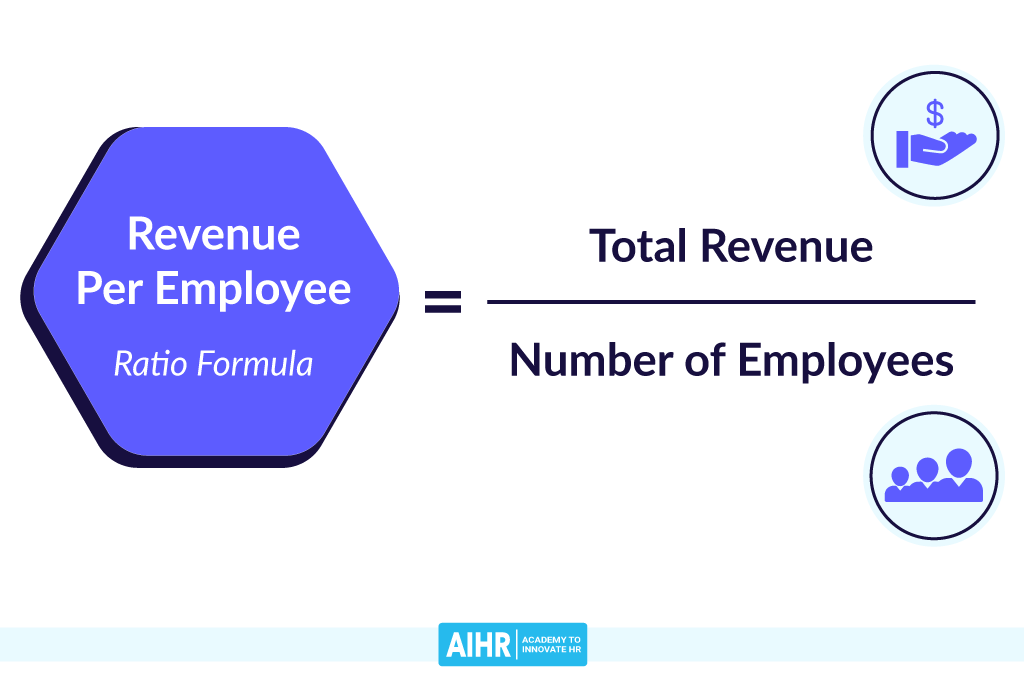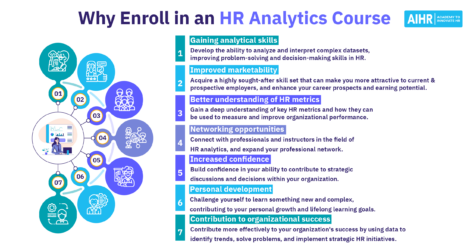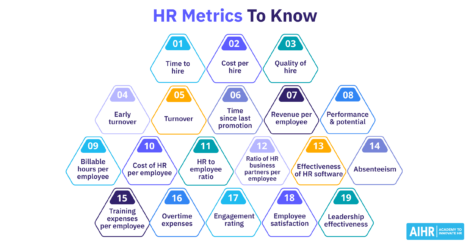Revenue per Employee: Definition, Formula, and Calculation

Far too often, organizations focus on financial metrics and return on capital investments instead of truly measuring the contributions made by talented employees. Revenue per employee remains one of the most important but often overlooked business and HR metrics. It’s a direct measurement of how talent is translated into customer value and is a must-have for any HR reporting dashboard.
Revenue per employee metric can be tricky, as you have to work through variables and ensure you calculate accurately. Let’s have a look at the revenue per employee definition, formula, and calculation in more detail.
Contents
What is revenue per employee?
Revenue per employee formula
How to calculate revenue per employee
Why should HR measure revenue per employee?
What is revenue per employee?
Revenue per employee is a ratio that measures the total revenue of an organization divided by its current number of employees. It provides a rough estimate of how much money is generated per employee at an organization.
It’s a helpful metric to use when:
- Comparing revenue per employee year-on-year.
- Comparing revenue per employee to equivalent competitors in the same industry.
Revenue per employee, of course, does not operate in a vacuum, and it’s essential to take into consideration both internal and external factors:
- Employee turnover – Revenue per employee can be affected by an organization’s turnover rate. A volatile turnover rate will reflect directly in the metric ratio, as “current number of employees” is used in the formula.
- Age of the organization – If an organization has recently started up, there will likely be more costs than the revenue generated in the first few years. This will affect the revenue per employee output, and therefore should be interpreted within context. In other words, young companies typically have lower revenue per employee than established companies.
- Industry – An industry has a significant influence on the output of revenue per employee. There is little value to compare across industries, as the factors affecting business performance are different. For example, the fast-food industry is much different from banking, and therefore doing a cross-comparison of revenue per employee ratios would not make sense.
Some people confuse ‘profit per employee and ‘revenue per employee’. There is a distinct difference:
- Revenue measures the total income generated from the sales of goods or services.
- Profit is the income that remains after all operating expenses, debts, etc., are taken into account.
Using the revenue per employee ratio requires the appropriate information to be extracted from your organization’s financial statements, so be sure to use the ‘revenue’ total and not profit.
Revenue per employee formula
The formula is usually used as an annual formula. So, you would use the company’s total revenue generated in the calendar year and the number of employees in that calendar year as well. If you wish to calculate it for different periods (e.g., quarterly, bi-annual), then you would have to use the appropriate time period when extracting the information.
How to calculate revenue per employee
It would be a good idea to collaborate with someone in finance to ensure you are extracting the correct information from the financial statement. Let’s go through a few examples:
Example A
Megatronic Electronics produces computer parts across the world. After a quick analysis, it shows that the organization reports annual revenue of $500,000 and has 400 employees. Therefore, the revenue per employee (RPE) would be:
RPE = $500,000 / 400 = $1,250 per employee
That means for every employee, the revenue generated is $1,250.
Example B
Given the above example, one of the managers of Megatronic Electronics would like to know if their revenue per employee is equivalent to their peers in the same industry. They managed to gather information about their competitors:
Megatronic Electronics Competitor 1 Competitor 2 Competitor 3 Revenue $500,000 $60,000 $1,540,000 $200,000 Employees 400 1,000 300 40 Revenue per employee $1,250 $600 $5,133.33 $5,000
The above table shows that although competitor 1 employs more people than Megatronic Electronics, their revenue per employee is lower. We can see that competitor 2 employs fewer people than Megatronic Electronics aThe above table shows that although competitor 1 employs more people than Megatronic Electronics, their revenue per employee is lower. We can see that competitor 2 employs fewer people than Megatronic Electronics and also has a higher revenue per employee. Competitor 3 stands out though, despite generating $133.33 on average less than competitor 2, it has a far smaller workforce.
The example above is the most logical way to compare revenue per employee, which is by doing it with equivalent organizations in the same industry. As an example, take this research done by Craft.co on the average revenue per employee by sector:
For this example, let’s say Megatronic Electronics is under the sector of ‘materials’. They would thus be above their sector average, and competitor 1 would be below the average. The logic follows, of course, that being above the industry average is always a good thing. CSI Market also does a good job of providing up-to-date revenue per employee stats by industry.
Looking at the revenue per employee in the above image may not align with some of your organizations. For example, your organization may not generate anywhere close to the revenue as per the above. That’s why it is important to go three or four levels deep. For example, if you were to compare your Law consultancy firm, you would probably want to break it down to a comparable size as it relates to your competitors.
Revenue per employee in tech companies
Let’s have a look at some well-known tech companies in terms of their revenue per employee.
Company name Revenue per employee Apple $1,899,080 Facebook (Meta) $1,573,072 Alphabet $1,361,298 HP $1,049,214 Microsoft $873,910
Why should HR measure revenue per employee?
Human Resources professionals can glean valuable information by tracking this metric.
- Getting a broad picture of how well your team is operating – You don’t learn about how your individual employees are performing, but you gain insight into how your team is doing overall and how productively you’re utilizing your employees. As a result, you can implement various HR initiatives to optimize employee productivity, such as managing burnout and monitoring stress levels and workloads.
- Identifying opportunities for improvement – Especially when you make comparisons with the industry data, you can identify where you’re lacking. You can also peek over at your competitors to see what HR practices they are implementing to motivate their employees. As a simple example, some sales teams have an incentive-based structure for every X amount of sales, whereas other teams have fixed pay. You can see which is the best remuneration structure to motivate employees, and thus result in a greater revenue per employee.
- Knowing how many employees you need – How many more employees do you need to increase your revenue by X%? Or, on the other hand, can you keep the same revenue with fewer employees? You will know what impact your new hires are making. This also gives HR a seat at the decision-making table, as financial targets are directly tied to HR initiatives at the start of the year.
- Beyond seeing employees as an expense – Most annual reports list employees as an expense on their financial statements. However, revenue per employee provides a different story of how to view human capital, the investments made in employees, and the returns. Indeed, the mix of different types of employees at various levels and skillsets is what results in the output of revenue and thus deserves to be measured more precisely.
A final word
While revenue per employee is an important metric, make sure to use it together with other metrics and make comparisons to get a more accurate understanding of your organization’s efficiency and performance.
Weekly update
Stay up-to-date with the latest news, trends, and resources in HR
Learn more
Related articles
Are you ready for the future of HR?
Learn modern and relevant HR skills, online













